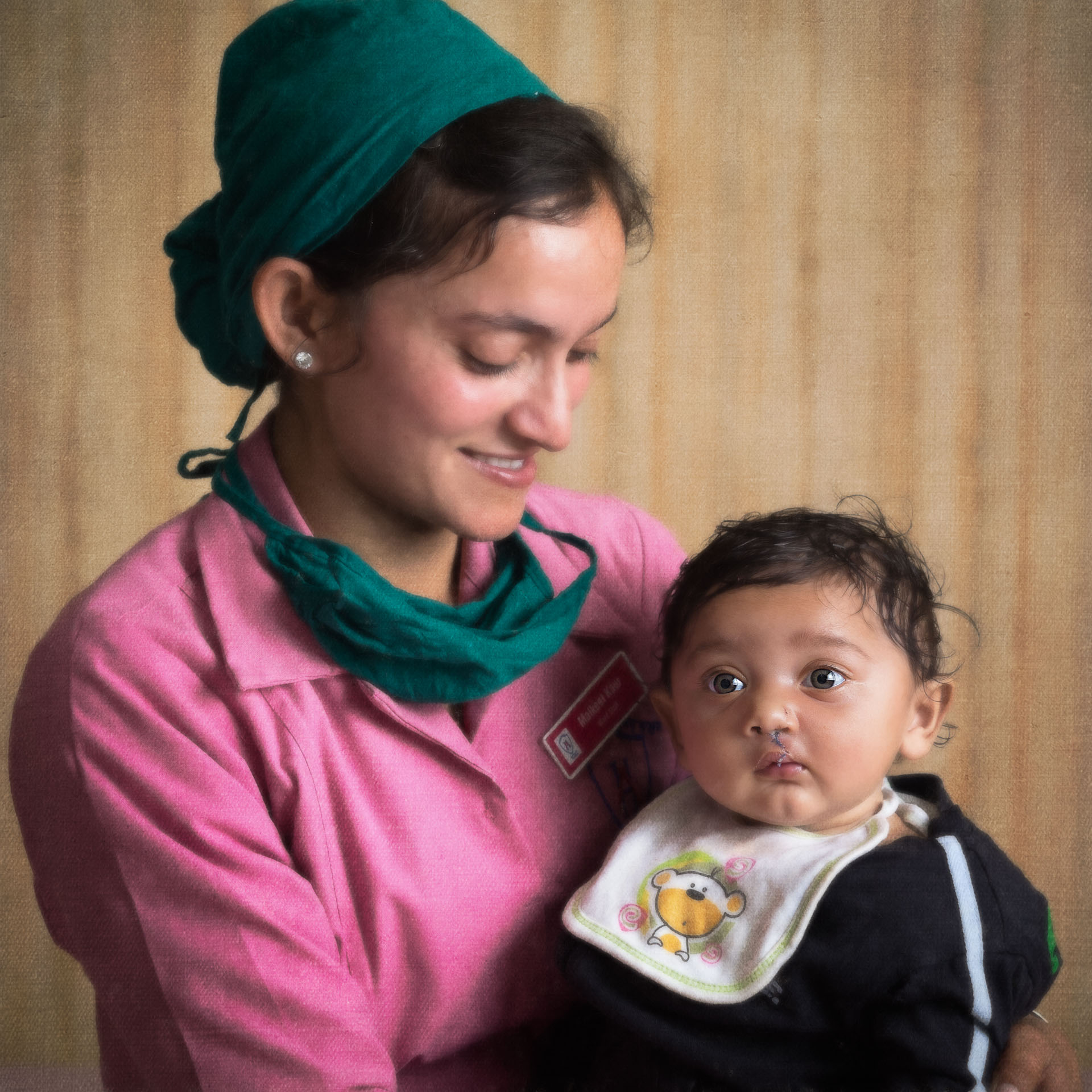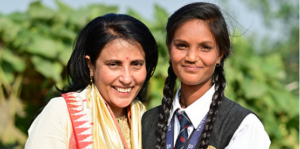


India with its vast population and diverse healthcare landscape, faces a multitude of health challenges. While significant stride has been made in addressing several mainstream public health issues related to maternal and child health, there remains a pressing need for addressing health conditions like cleft that require specialized care and can have a profound impact on affected individuals and their families.
For every 700 babies born in India, one is born with a cleft lip and /or palate. With more than 35,000 cleft births annually, oro -facial clefts are one of the most common and heart-breaking birth conditions in the country. Cleft, a gap in the upper lip and/or the roof of the mouth (palate) is a facial birth difference that occurs when certain body parts do not fuse together during the first trimester of pregnancy. Cause of clefts is still open to several interpretations under various ongoing research globally. However, vitamin imbalances in the mother during pregnancy, exposure to radiation, toxic environments, infections and other genetic factors may cause a cleft lip and/or palate during foetal growth.
Cleft not only has a visible physical impact, but also leads to challenges in feeding, eating, breathing, hearing and speech development, and impacts the overall quality of life. The condition disrupts the normal facial appearance of a child and can have devastating consequences on a person’s self-esteem and social relationships. Many children with untreated clefts find it difficult to attend school, communicate fluently, find jobs, or even get married later in their life.
While cleft as a condition is hugely prevalent in India, there is limited awareness about its care and treatment. Many children and their families do not get the specialized care that is critical for babies with clefts because of low awareness level and various myths that are associated with clefts. In rural areas, people do not know that cleft is correctable and hence do not even approach hospitals for the treatment.
Lack of trained plastic and maxillofacial surgeons, paediatric anesthetists, and infrastructure in smaller cities and rural regions is another reason for delayed initiation of treatment. Public health system in India requires a strong strategic push attributing the frontline workers to spread the awareness and a bottom-up approach to build the capacity and infrastructure of the healthcare providers to make cleft treatment accessible to all.
Early identification coupled with accessibility of quality and comprehensive cleft care is crucial for minimizing the long-term impact of cleft. A cleft can be diagnosed as early as 20 weeks of pregnancy and early detection allows healthcare providers in appropriate counselling support to the expecting parents, facilitating their understanding of the condition and the availability of treatment options.
Policies should focus on integrating comprehensive cleft care with existing healthcare programs. This includes both surgical and non-surgical cleft care interventions such as nutrition and feeding care, speech therapy, dental and orthodontics care for a long-term sustainable impact. Financial assistance program, health insurance coverage, and partnership with charitable organisations can play a pivotal role in ensuring equitable access to treatment.
By implementing quality interventions that address the specific needs of individuals with cleft, India can make a significant progress in bridging this healthcare gap and ensuring a brighter future for those affected with cleft.

Written by Mamta Carroll